The freedom struggle had flavours too
From chapatis to tiranga barfi, a look at the foods that fueled and symbolised India’s independence movement.
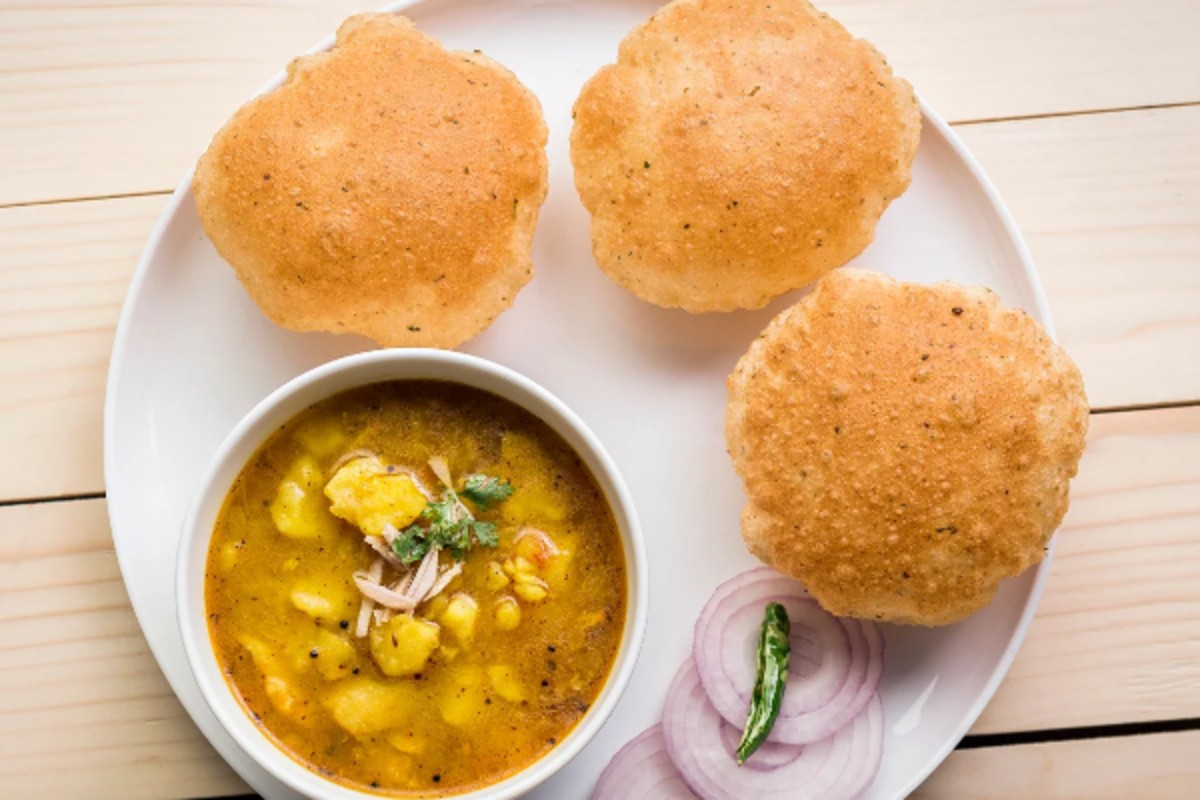 Stock image/Poori Bhaji / Pexels
Stock image/Poori Bhaji / Pexels
With Independence Day around the corner, the focus often falls on speeches, flag-hoisting, and patriotic songs. But there’s one story hiding in plain sight—on your plate. Food didn’t just sustain India’s freedom fighters; it smuggled messages, stirred emotions, and, at times, carried the tricolour long before it could legally be flown.
Let’s start with the chapati. Ordinary. Ubiquitous. But in 1857, it became something of a national enigma. British officers were baffled as these flatbreads began circulating by the thousands—moving silently, hand to hand, across villages in North India. JW Sherer, a British civil servant stationed in Fatehpur, recorded the phenomenon in Daily Life During the Indian Mutiny. He wrote: “The objective behind the chapati movement was to create an atmosphere of mysterious restlessness, and the experiment had been very successful.” There were no coded messages the British could decode—just hot, round, whole-wheat rotis passed on like whispers. Still, they made the colonial rulers nervous.
Fast forward to the 20th century, when protests had to dodge censorship and avoid open defiance. Enter the tiranga barfi. In Varanasi, sweetmaker Raghunath Das Gupta at Ram Bhandar found a creative workaround: a tricolour sweet fashioned to echo the Swaraj flag. Since artificial colours weren’t available, he layered pistachio for green, orange essence barfi for saffron, and khoya for white. This edible flag was meant to commemorate the 1929 flag hoisting by Nehru on the banks of the Ravi. Even today, the barfi makes a comeback every August and January, quietly reminding people of the sweet rebellion it once represented.
 Stock image/chana chaat. / Pexels
Stock image/chana chaat. / PexelsFood shops and cafés, meanwhile, doubled as covert gathering spots. You could drop in, order a mithai, exchange notes—literally—and disappear before the police got wind. Sometimes the sweets themselves became the message. Names like Jawahar Laddoo, Moti Pak, and Gandhi Gaurav weren’t just nods to leaders—they were tiny acts of resistance. Shops got bold, too. In many towns, one might spot a Subhash Mishtanna Bhandar, selling Subhash Pedha and Subhash Bhog, using confectionery to make a political point.
Some dishes, like Poori Bhaji, became symbolic of community and shared struggle. Freedom fighters gathered over simple meals—comforting, carb-heavy food that kept them going during long meetings and marches. Khichdi fed the masses at community kitchens, cutting across caste and class. It was cheap, filling, and deeply democratic.
And then there’s Chana Chaat, a street snack that came to be associated with Gandhi’s Salt March. Vendors handed it out along the route. It was practical and nutritious, but it also symbolised the grassroots nature of the protest—frugal, mobile, and of the people.
Post-1947, sweets took on a celebratory role. As India tasted freedom, it also craved sugar. Jalebis were distributed in schools, government offices, and homes across the country. Those golden spirals weren’t just dessert; they were symbols of joy, victory, and an uncertain but hopeful future.
 Stock image/Coconut barfi / Pexels
Stock image/Coconut barfi / Pexels
Partition, of course, brought its own culinary consequences. Take Karachi Halwa. Originally a Turkish-inspired sweet that traveled via trade routes and settled in Sindhi kitchens, it became a chewy, glossy comfort food for those displaced. Post-1947, many renamed it Bombay Halwa, especially in the port city where most Karachi migrants landed. But in Delhi, the old name stuck—and the sweet remains a popular gift, especially for its long shelf life and even longer memory.
So the next time you bite into a barfi or spoon up some khichdi this Independence Day, remember: you’re not just eating a meal. You’re chewing on a slice of history.
ADVERTISEMENT
ADVERTISEMENT
E Paper
Video


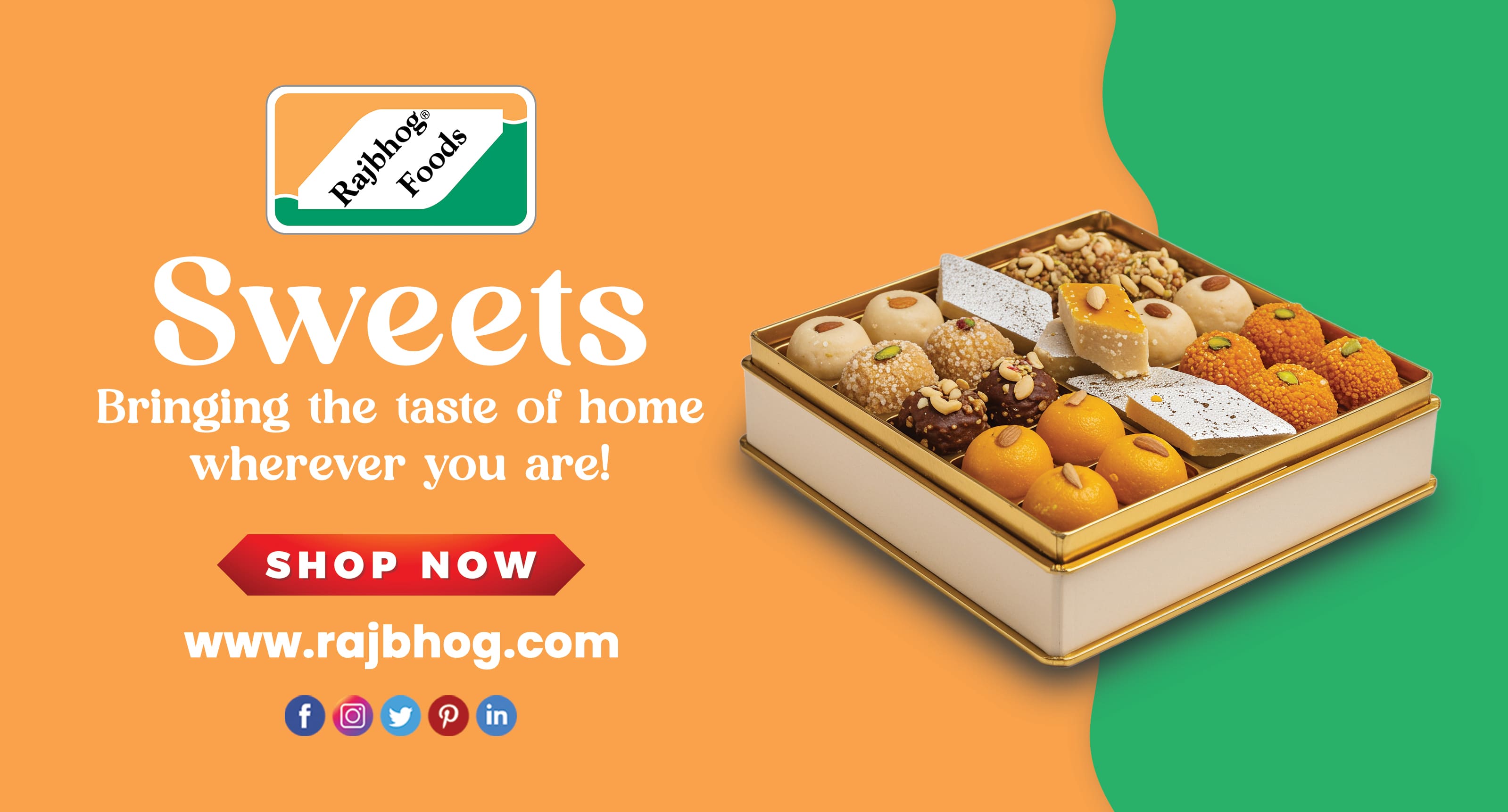
 Pranavi Sharma
Pranavi Sharma
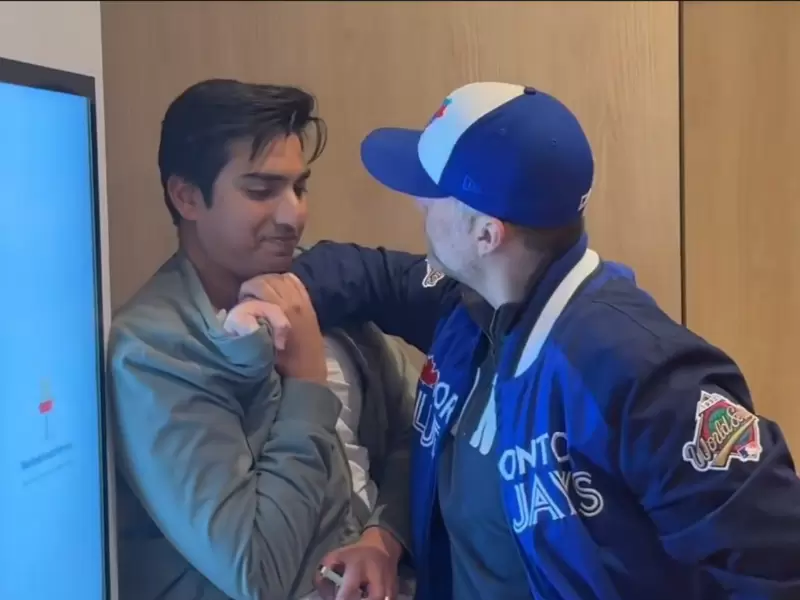

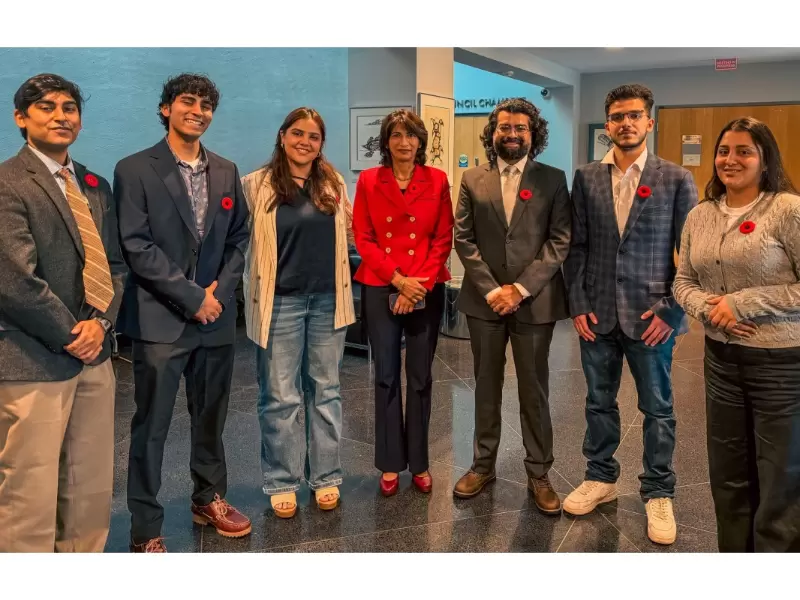

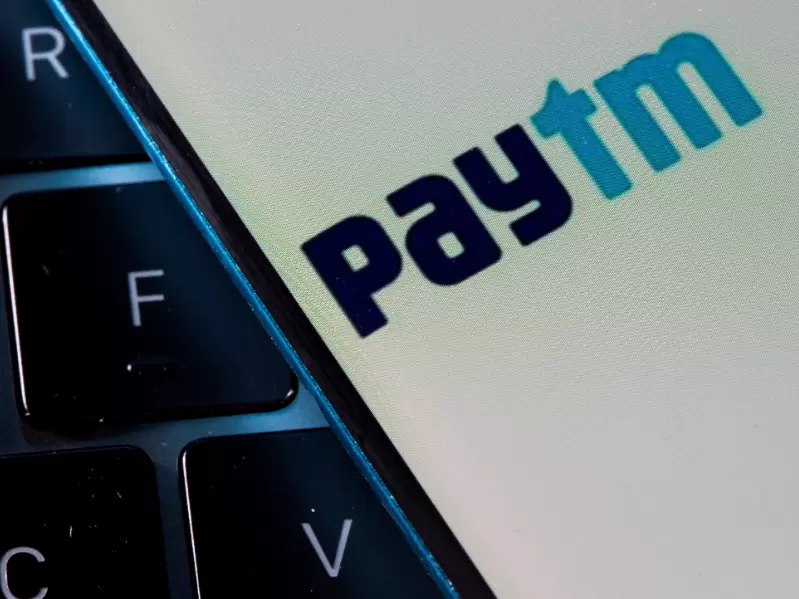
.png)

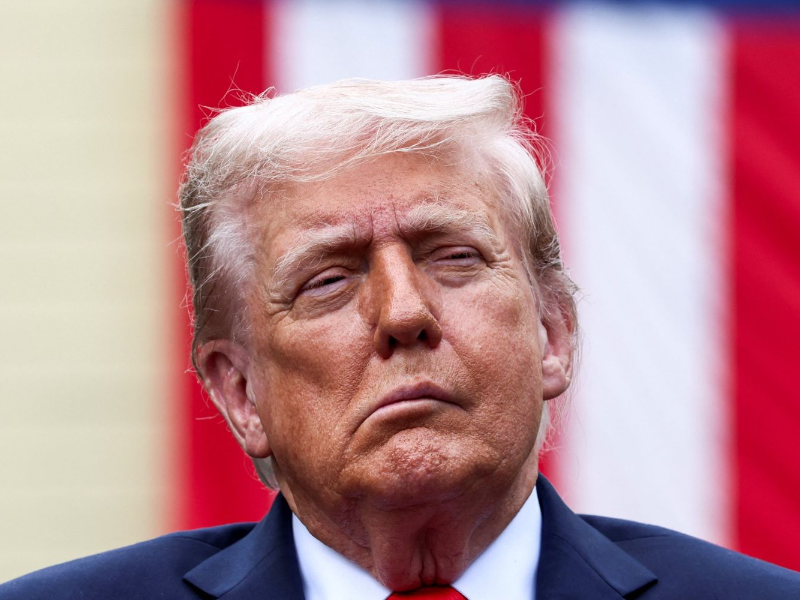




Comments
Start the conversation
Become a member of New India Abroad to start commenting.
Sign Up Now
Already have an account? Login